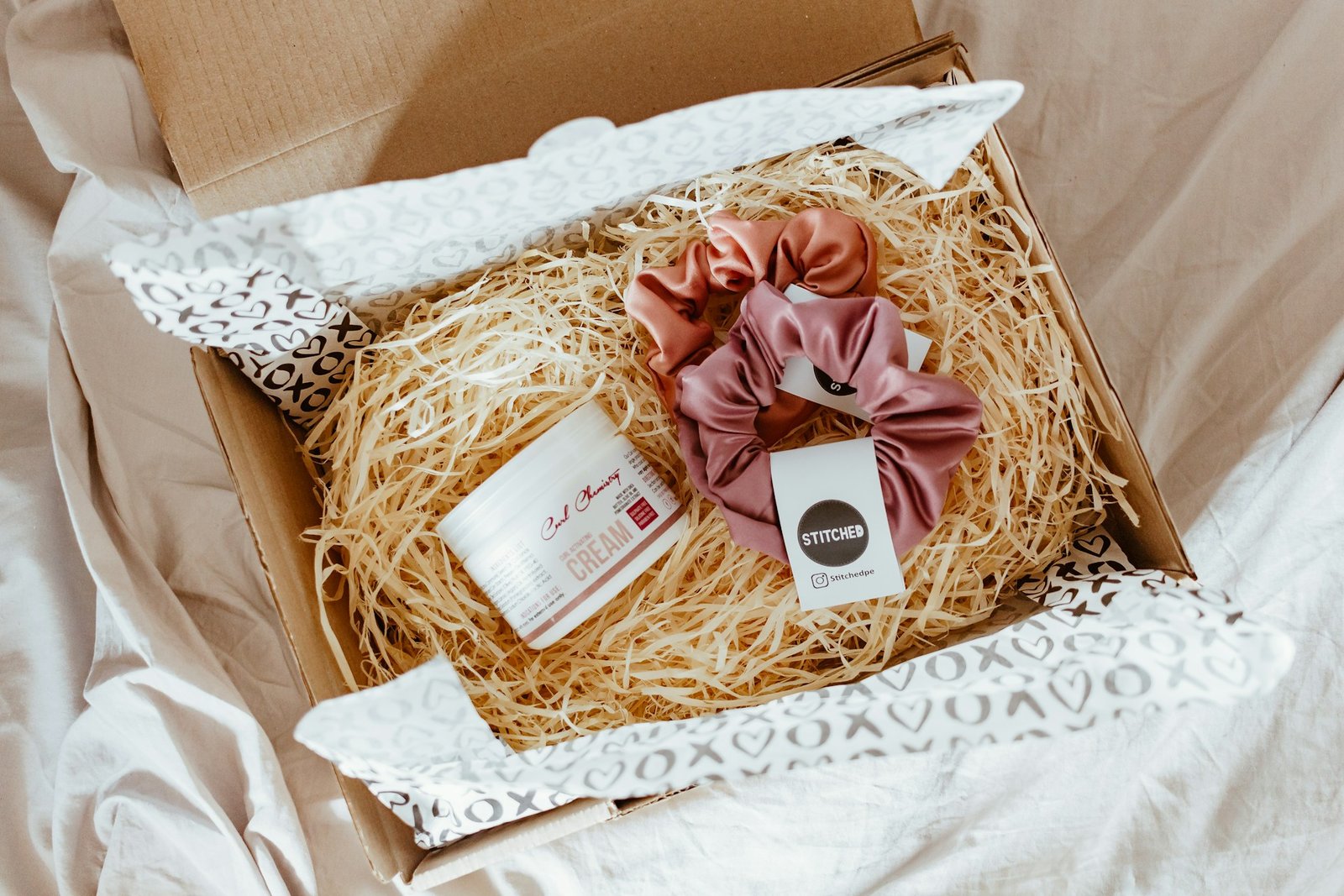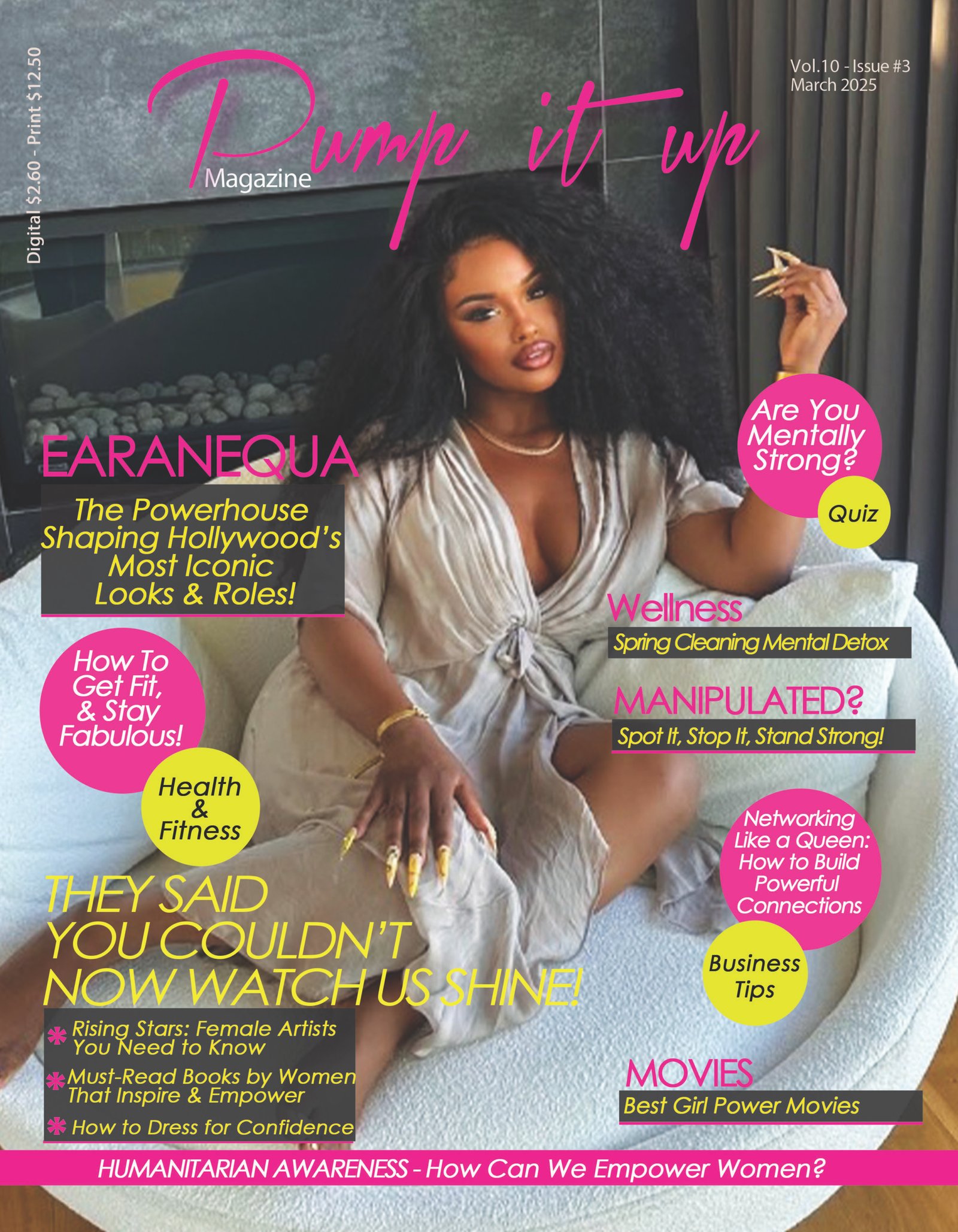An overactive bladder (OAB) can significantly affect one’s quality of life, causing disruptions in daily activities and impacting emotional well-being. OAB is characterized by a frequent and urgent need to urinate, which can be difficult to manage. This article aims to provide practical strategies and treatments for effectively dealing with OAB, helping individuals regain control and improve their quality of life.
Understanding Overactive Bladder
Overactive bladder is a condition marked by a sudden, uncontrollable urge to urinate, often leading to involuntary loss of urine. Common symptoms include urgency, increased frequency of urination, and nocturia, which is the need to urinate multiple times during the night. Understanding the potential causes of OAB is crucial for effective management. Causes can range from neurological disorders and urinary tract infections to side effects from certain medications.
Lifestyle Changes
One of the first steps in managing OAB is making certain lifestyle changes, particularly in diet and daily habits. Certain foods and beverages can irritate the bladder and worsen symptoms. It’s important to identify and avoid these bladder irritants. Common irritants include caffeine, alcohol, spicy foods, and artificial sweeteners. By reducing or eliminating these from your diet, you may experience a noticeable improvement in symptoms. It’s also important to manage hydration in a way that it doesn’t increase the frequency of bathroom visits.
Maintaining a healthy weight is another critical factor. Excess weight can put additional pressure on the bladder, exacerbating symptoms of OAB. Adopting a balanced diet and regular exercise routine can help in weight management, thereby reducing bladder pressure and improving overall bladder health.
Medical Treatments and Interventions
When lifestyle changes and exercises aren’t enough, medical treatments can provide additional relief. One advanced treatment option is Axonics Therapy. The Axonics implant is a small device placed under the skin to stimulate the nerves that control the bladder. This helps regulate bladder function and reduce OAB symptoms.
Other medical interventions include medications such as anticholinergics and beta-3 agonists, which help relax the bladder muscles and reduce urgency and frequency. For those who don’t respond to medications, Botox injections into the bladder muscle can provide significant relief by relaxing the bladder.
Bladder Training Techniques
Bladder training is a highly effective method for managing OAB, and combining it with pelvic floor physio can further enhance results by strengthening the muscles that support bladder control. It involves scheduling bathroom visits at set intervals and gradually increasing the time between these visits to train the bladder to hold urine for longer periods. This technique can help reduce the urgency and frequency of urination over time.
To begin bladder training, start by determining your current urination pattern. Note the times you feel the urge to urinate and the intervals between bathroom visits. Once you have this baseline, schedule bathroom trips slightly earlier than your usual pattern. Gradually extend the time between trips by 15-minute intervals. This process requires patience and consistency, but it can significantly improve bladder control over time.
Pelvic Floor Exercises
Strengthening the pelvic floor muscles can greatly enhance bladder control. These muscles support the bladder and help maintain continence. Kegel exercises are a well-known technique for enhancing the strength of pelvic floor muscles.
To perform Kegel exercises, follow these steps:
- Locate the correct muscles by attempting to halt urination midway. The muscles engaged in this action are your pelvic floor muscles.
- Once identified, contract these muscles and hold the contraction for five seconds.
- Relax for five seconds.
- Repeat this process 10-15 times, three times a day.
Consistency is key for these exercises to be effective. With regular practice, many individuals notice improved bladder control within a few weeks.
Behavioral Therapies
Behavioral therapies are another valuable approach to managing overactive bladder (OAB). Cognitive-behavioral therapy (CBT) has shown promise in helping individuals cope with the psychological aspects of the condition. CBT focuses on changing negative thought patterns and behaviors associated with the condition. Techniques used in CBT may include relaxation exercises, stress management, and cognitive restructuring to reduce the anxiety and stress that can exacerbate symptoms.
In combination with other treatments, CBT can provide a comprehensive approach to managing OAB. For example, learning to manage stress can prevent the nervous system from triggering bladder spasms. Behavioral therapies are often most effective when tailored to the individual’s specific needs and combined with other treatments like bladder training and pelvic floor exercises.
Managing OAB at Night
Nocturia, or the frequent need to urinate at night, is a common and particularly disruptive symptom of OAB. It can lead to sleep disturbances, fatigue, and decreased quality of life. Managing nocturia involves a few specific strategies that can significantly reduce nighttime symptoms.
First, it’s essential to adjust fluid intake. Try to drink the majority of your fluids earlier in the day and reduce intake in the evening. Avoid drinking anything an hour or two before bedtime. This practice helps to decrease the amount of urine produced during the night.
Second, consider the types of fluids you are consuming. Alcohol and caffeine are known bladder irritants that can worsen nocturia. Limiting or eliminating these from your evening routine can help. You might want to avoid diuretic beverages like tea and certain types of soda that increase urine production.
Creating a comfortable and accessible bathroom environment is also crucial. Ensure your path to the bathroom is clear and well-lit to prevent falls or accidents during nighttime trips. Some people find it helpful to have a portable urinal or commode nearby to minimize disruptions.
Improving sleep hygiene can also play a significant role in managing nocturia. Establish a consistent bedtime routine, keep your sleeping environment cool and dark, and avoid stimulating activities before bed. Good sleep hygiene practices can help you fall asleep faster and improve overall sleep quality, making it easier to handle any nocturia episodes.
Taking Control of Your Bladder Health
Taking control of your bladder health involves a multifaceted approach that combines lifestyle changes, medical treatments, and behavioral therapies. By understanding the causes and symptoms of OAB and implementing strategies like dietary adjustments, bladder training, pelvic floor exercises, and advanced treatments, individuals can significantly improve their quality of life.
It is essential to consult with healthcare providers to develop personalized treatment plans tailored to your specific needs. Regular follow-ups and adjustments to the treatment plan can ensure the most effective management of OAB symptoms.
With the right strategies and support, managing OAB becomes a manageable part of life rather than a constant source of stress and discomfort. Taking proactive steps and utilizing available resources can empower individuals to regain control and lead a fulfilling life, despite the challenges of overactive bladder.













